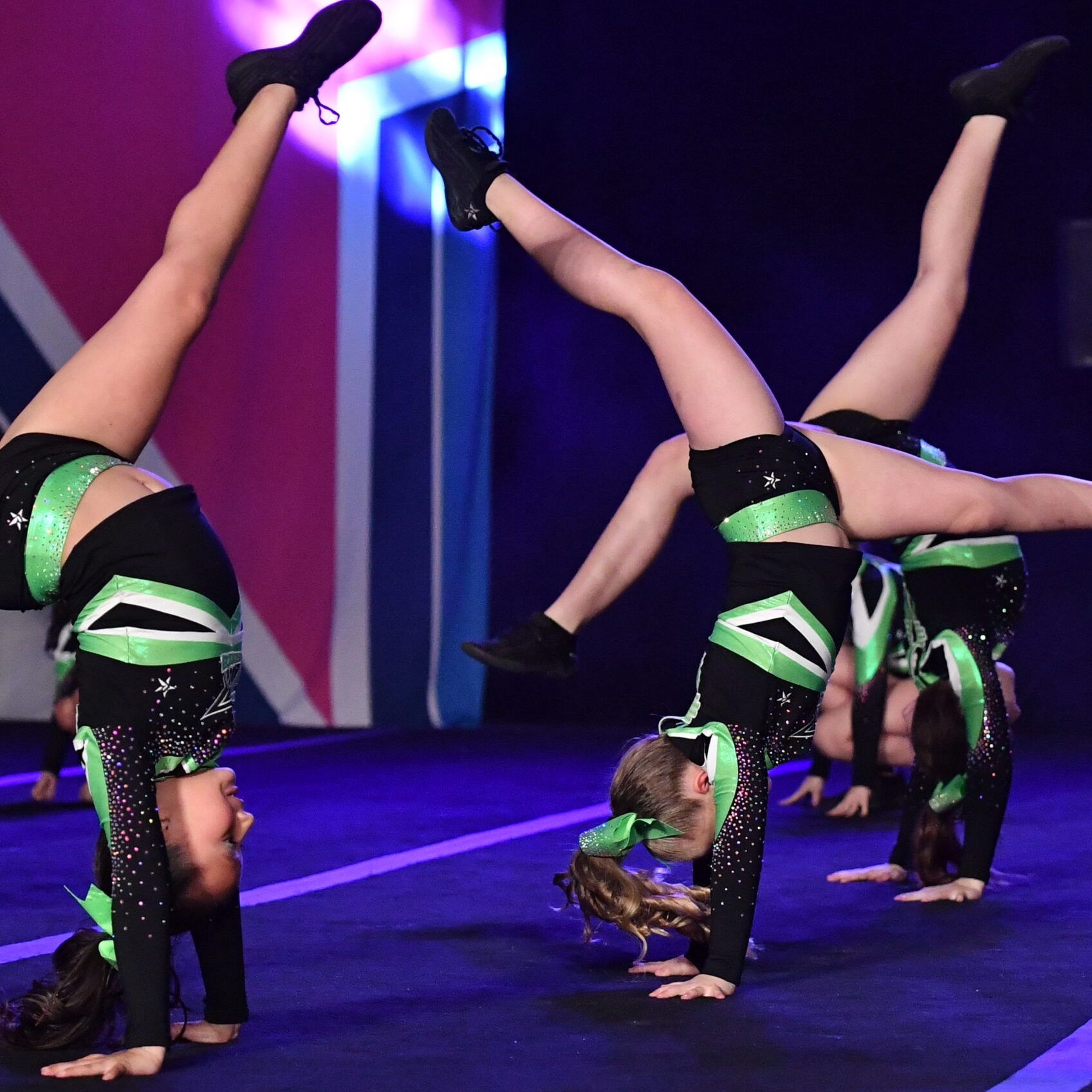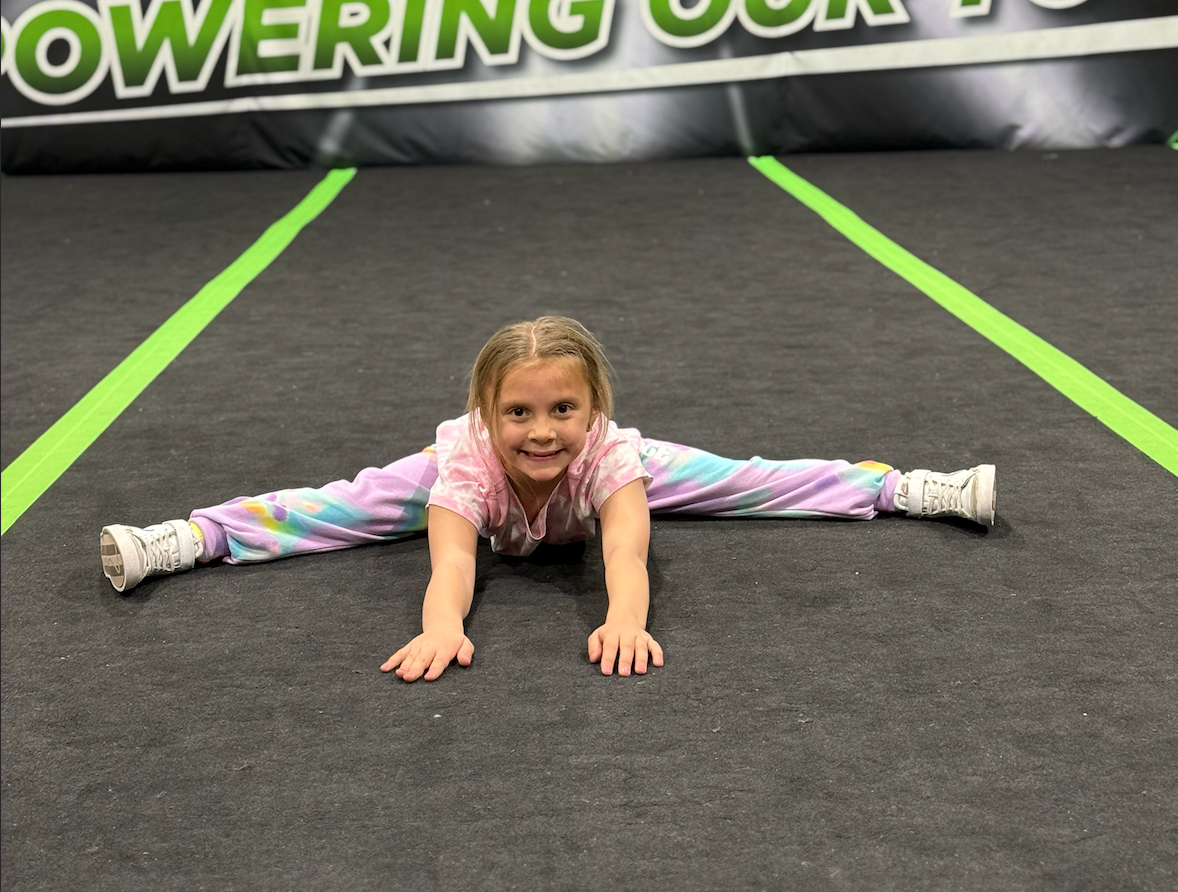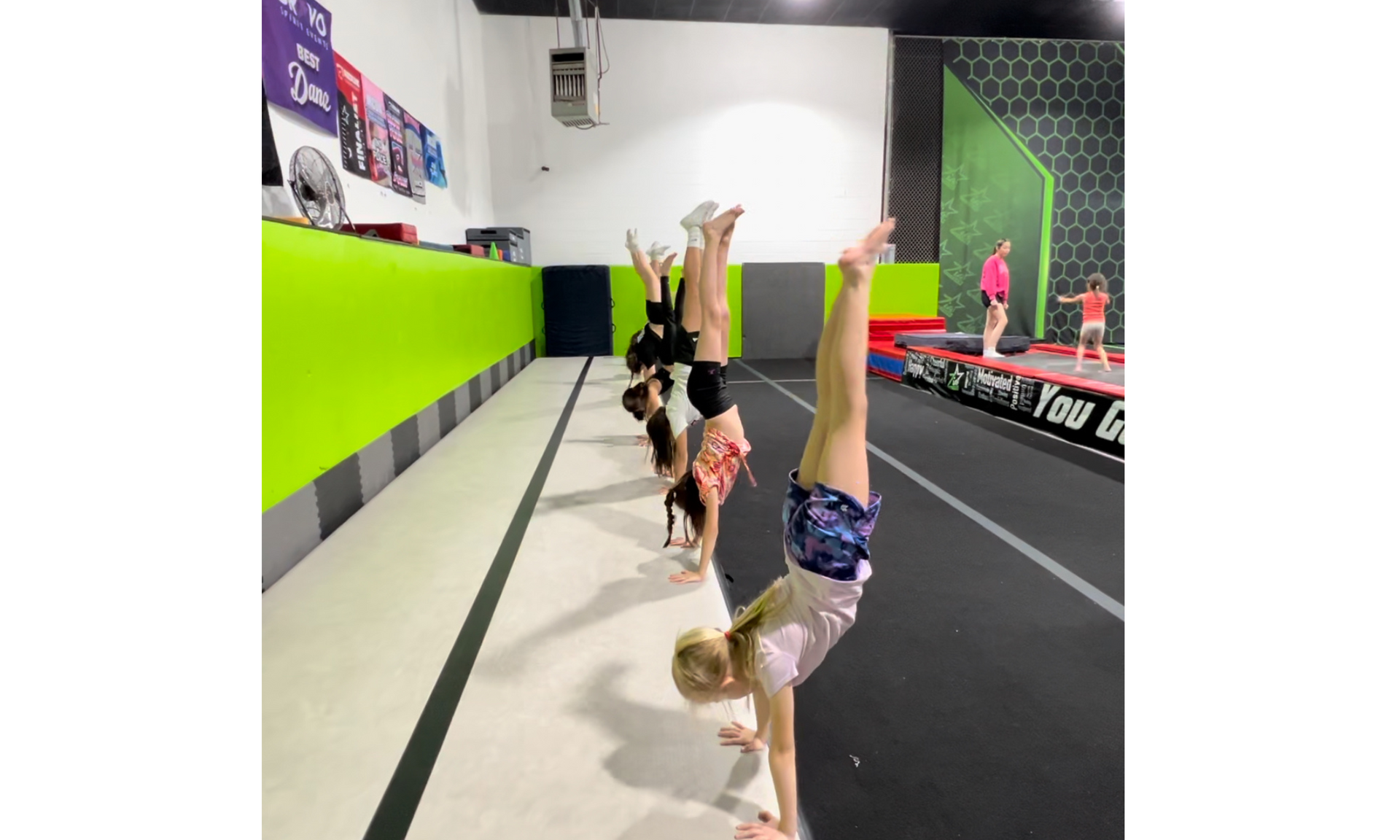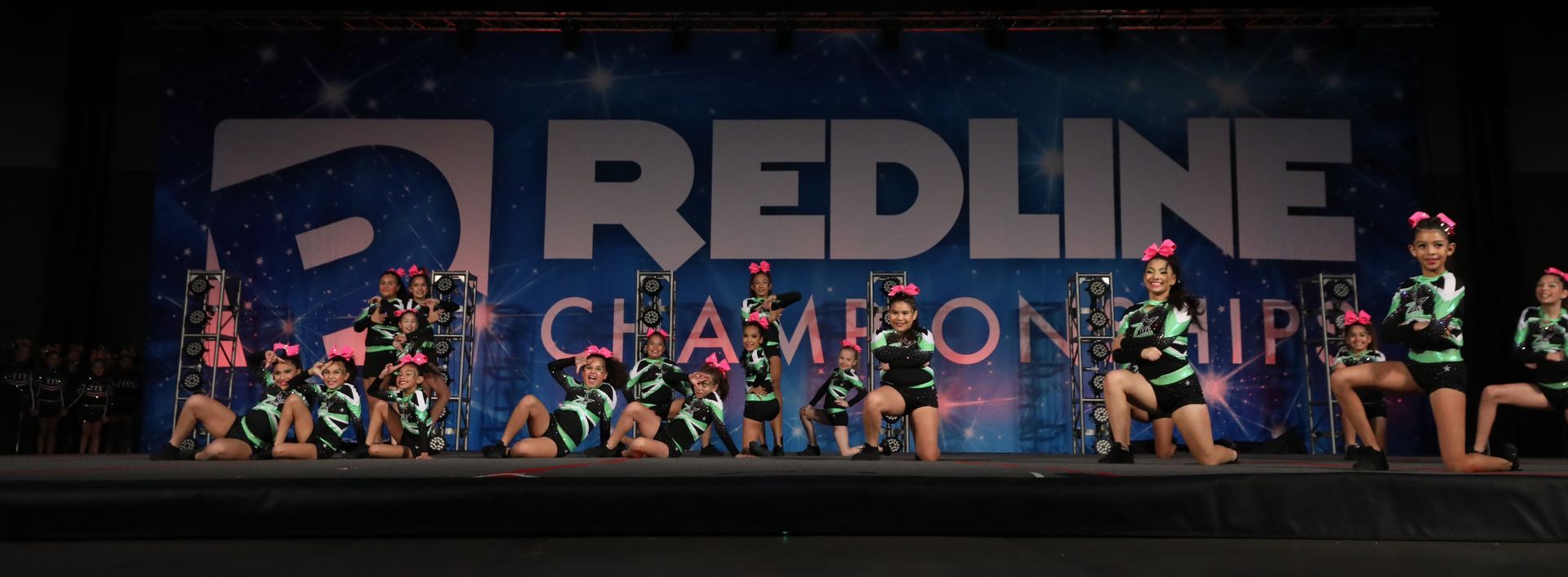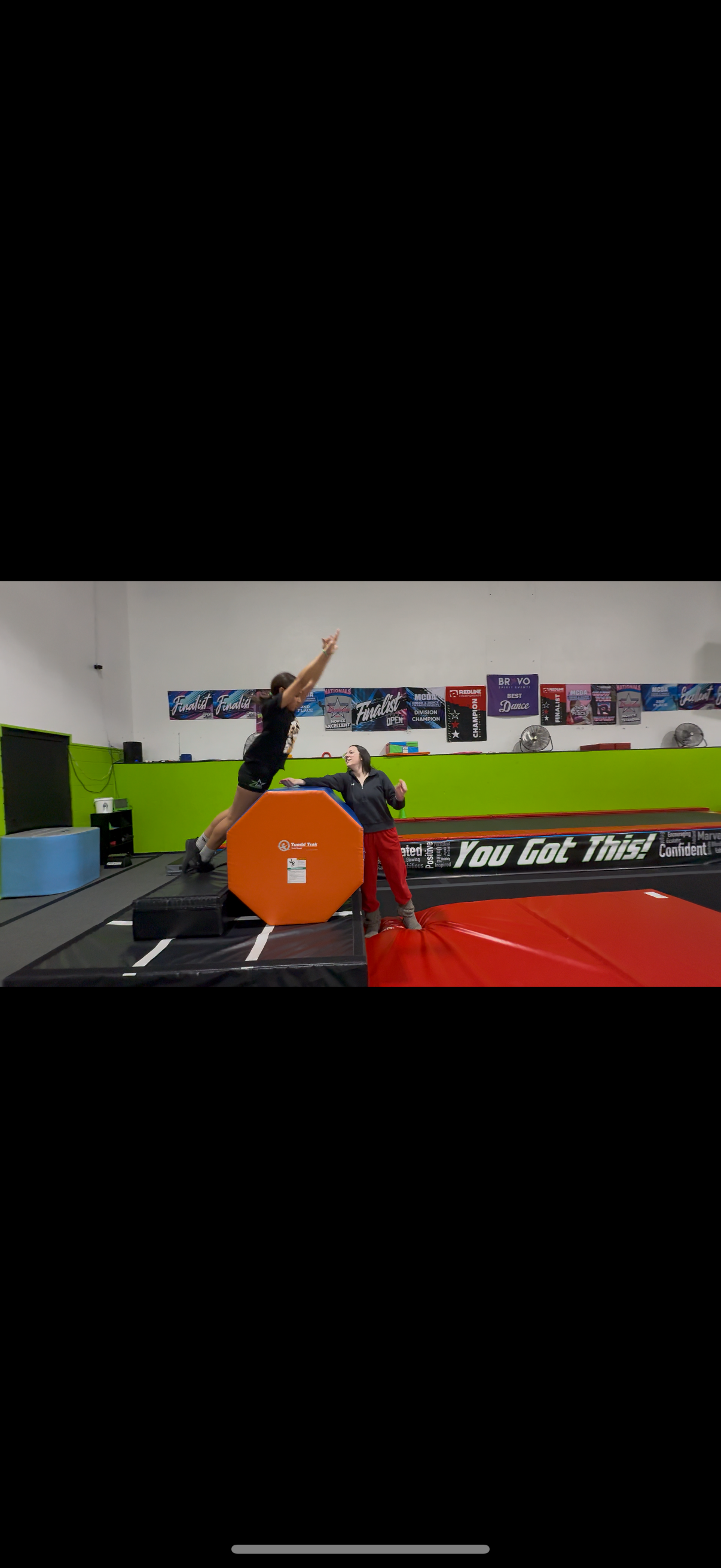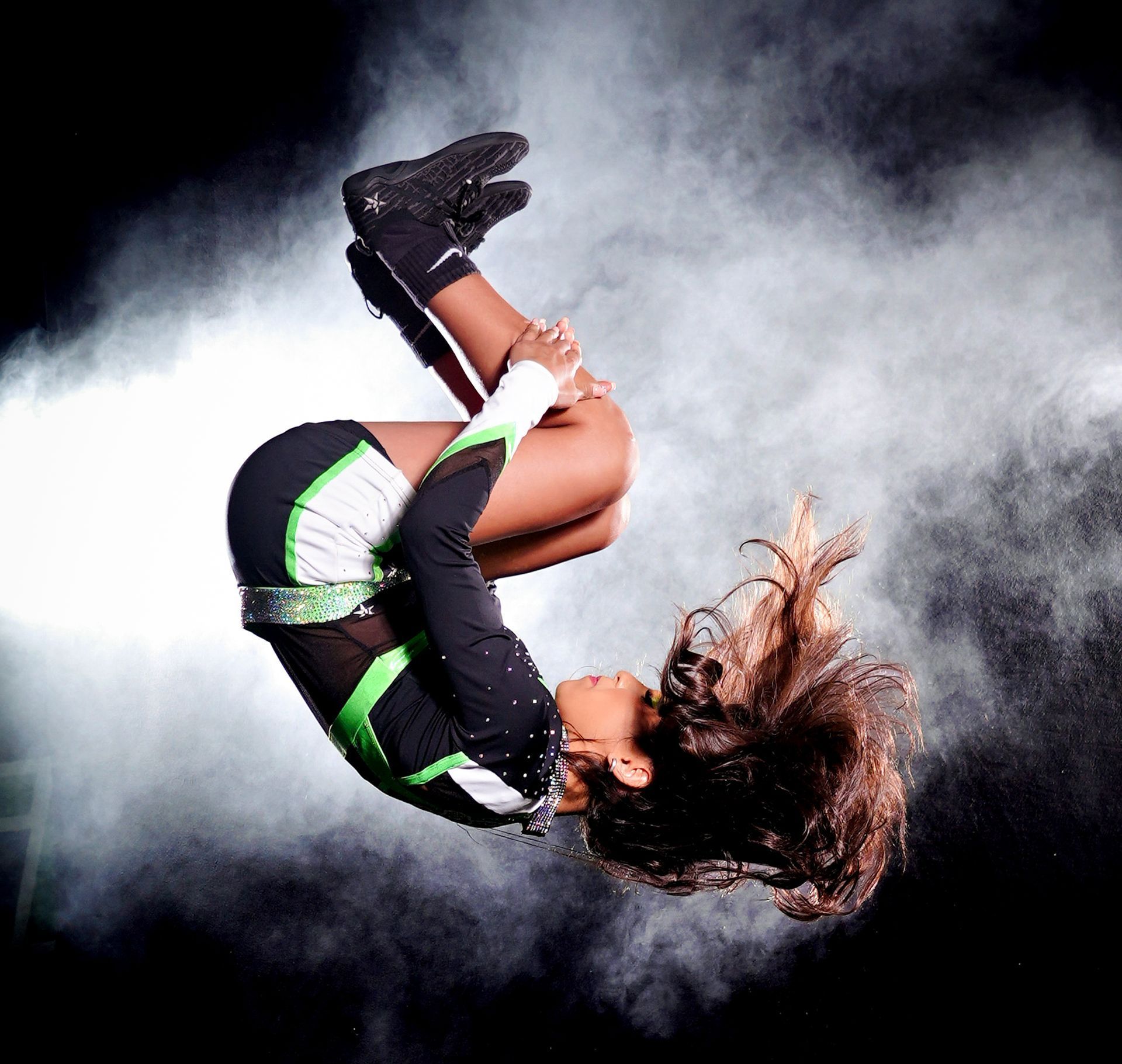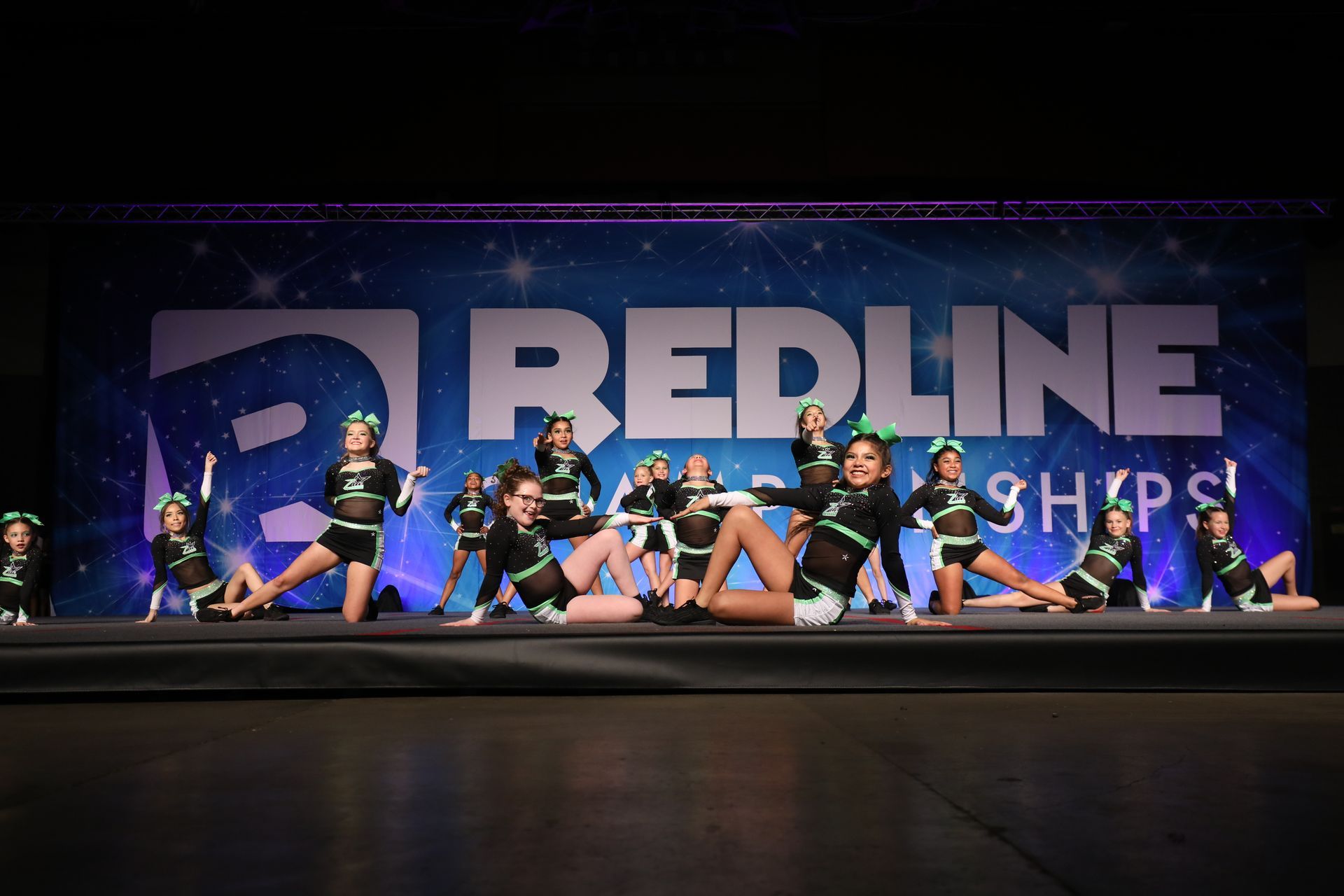Blog
Blog
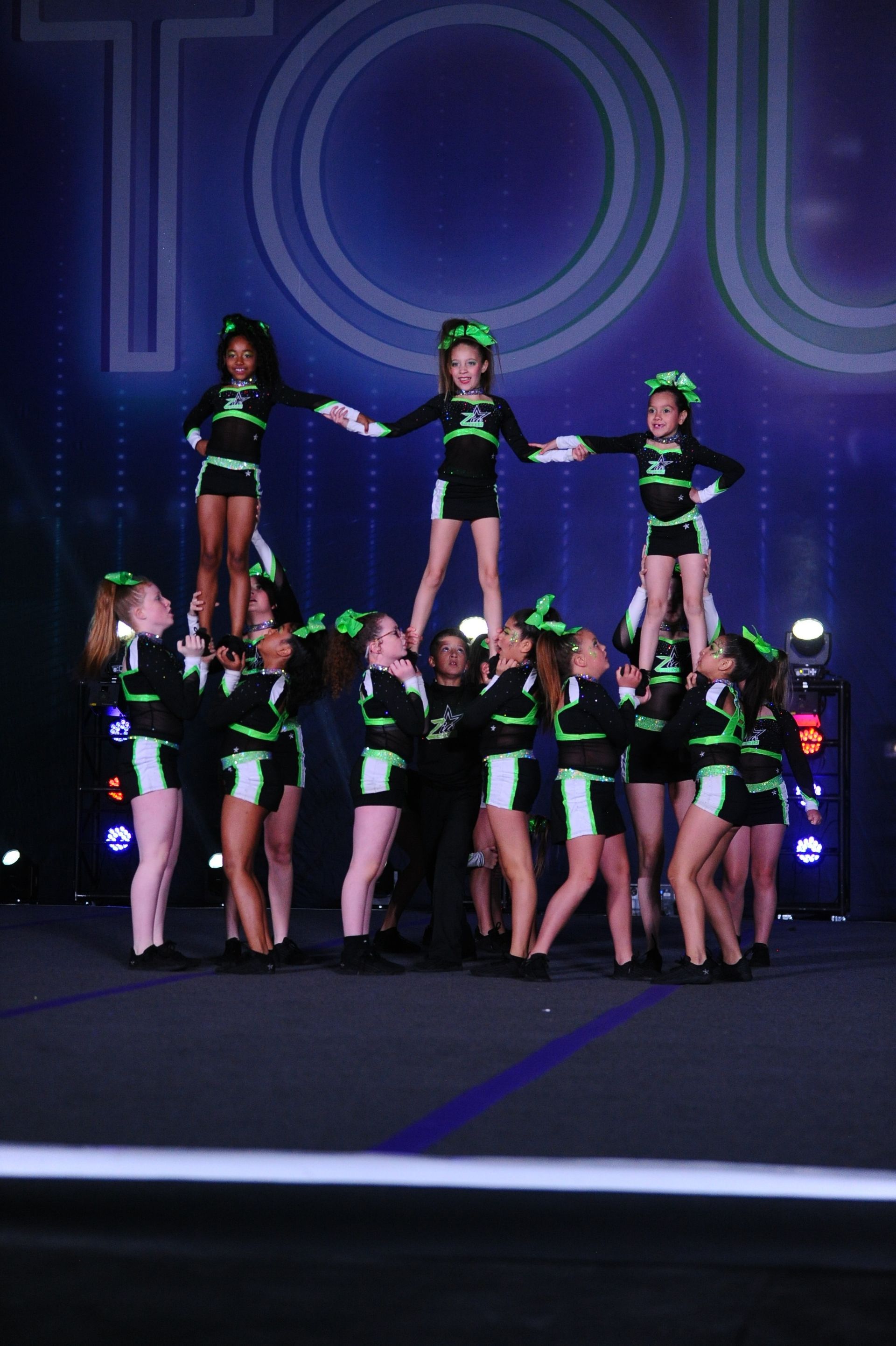
November 7, 2024
Understanding All Star Cheer Score Sheets In All Star cheer, teams are evaluated on specific skills, technique, and presentation. Each level—Novice, Prep, and Elite—has its own criteria to reflect the athletes' growing skills and routine complexity. This guide helps parents understand what judges look for, the key elements of scoring, and the importance of roles like flyers and bases in team success. Novice Teams Scoring Guide The Novice level is designed for beginner athletes, focusing on foundational skills and presentation. Routine & Dance (Max Points: 2) Routine Composition and Presentation: Judges look for routines with smooth, continuous transitions, engaging visuals, and confident performance. Athletes should maintain precise spacing and execute formations cleanly. Dance Section: Judges assess the dance for flow, synchronized moves, level changes, and intricate steps, rewarding precision and high energy. Technique in Stunts, Pyramids, and Tumbling (Max Points: 5 each) Stunt & Pyramid Technique: Judges evaluate flyer control, base stability, timing, and synchronization, as well as the control in transitions (like entries and dismounts). Tumbling Technique: Focuses on approach, body control, and landing. Judges look for a smooth approach, tight body form, and controlled landings. Jump Technique (Max Points: 2) Judges assess form, body control, and synchronization in jumps, focusing on arm placement, swing, height, and timing. Choreography & Presentation (Max Points: 2 each for Building and Tumbling) Judges look for creative choreography, engaging formations, and confident performance. The goal is to keep the audience engaged while showcasing teamwork. Novice Scoring Ranges: Outstanding: Below 59% Excellent: 60% - 79% Superior: 80% - 100% View the full Novice scoresheet Prep Teams Scoring Guide Prep teams have intermediate experience, so the scoring reflects higher standards, focusing on team synchronization, advanced technique, and skill difficulty. Prep teams receive a percentage score, with the highest score within the division winning. Routine Composition & Dance Points Available: Typically, 1-2 points for composition, 1 point for dance. Judging Focus : Judges reward routines that are visually appealing and smoothly executed. To maximize points, routines must have continuous flow, creative formations, and visually engaging elements that showcase teamwork and synchronization. Dance Requirements: Athletes are expected to perform complex movements, with intricate level changes (high, middle, low). Synchronization and sharpness are key here, as timing errors impact scores significantly. Technique in Stunts and Pyramids (Max Points: 5 each) Flyer Flexibility: Flyers must perform body positions with excellent control (like heel stretches, scales, and arabesques) to earn top points. Their flexibility and stability are critical, as they are the focus of the stunt. Base Strength: Bases provide the foundation of the stunt, and judges look at their ability to stabilize the flyer without wobbling. Points are awarded for clean, controlled lifts and catches. Synchronization & Timing: Timing errors in stunt execution can lead to deductions. Judges expect all groups to perform in sync, with smooth transitions. Tumbling Technique (Max Points: 5) Skill Requirements: To maximize points, teams must showcase tumbling skills across multiple athletes, ideally with synchronization. Advanced tumbling passes performed by multiple athletes are favored. Form and Body Control: Judges award points for a clean approach, tight body control during execution, and a controlled landing. Landing Precision: Judges look for athletes to stick their landings with feet together and chests up. Jump Technique (Max Points: 2) Judges assess jumps based on height, form, and synchronization. Athletes should perform jumps with pointed toes, strong arm placements, and high leg extensions. Choreography & Presentation (Max Points: 2 for Building and Tumbling) Judges reward teams for creativity, use of the floor, and confident, engaging performance. Innovative formations, clear transitions, and team confidence are essential to scoring well in this area. View the full Prep scoresheet Elite Teams Scoring Guide Elite teams perform at the most advanced level, where every skill is expected to be precise, synchronized, and technically sound. Like Prep, Elite teams receive a percentage score, with the highest score within their division, age group, and level determining the winner. Routine Composition & Dance Points Available: 2 points for routine composition, 1-2 points for dance. Expectations: Elite routines should flow seamlessly, with visually compelling formations and transitions. Dance Requirements: Dance at the Elite level requires fast-paced, intricate steps performed with sharp synchronization. Stunt and Pyramid Technique (Max Points: 5 each) Flyer Requirements: Flyers must exhibit top-tier flexibility, performing challenging body positions like bow-and-arrows, needles, and scorpions with absolute control. Base Requirements: Elite bases are judged on their ability to maintain a strong, stable foundation. Timing & Synchronization: Timing is critical, and teams can lose points if stunts do not go up or come down together, even by a fraction of a second. Transitions: Transitions should be smooth and controlled. Tumbling Technique (Max Points: 5) Skill Requirements: Elite teams are expected to perform more complex tumbling passes across multiple athletes. Body Control: Judges assess control during take-off, flight, and landing. Landing Precision: Precise landings are essential at this level. Jump Technique (Max Points: 2) Judges look for jumps with top-tier form, height, and synchronization. Choreography & Presentation (Max Points: 2 for Building and Tumbling) Elite teams are judged on advanced formations and choreography, engaging floor usage, and polished performance. View the full Elite scoresheet Final Takeaway for Parents Across All Levels Judges score on both skill and presentation, and higher levels demand even greater control, synchronization, and creativity. By focusing on timing, clean execution, and confident performance, athletes can maximize their score and contribute to the team’s success. Go Zia Cheer!
Gym Location
Gym Hours
Monday - Thursday
3:00pm - 8:30pm
Friday
3:00pm-6:30pm
Zia Cheer Monthly
Stay in the Loop! Sign up for updates, events, and exclusive cheer tips with our monthly newsletter. - No spam, we promise!
Zia Cheer Monthly Newsletter
Thank you for subscribing! We send out a newsletter every month on the 1st.
Oops, there was an error submitting.
Please try again later.
All Rights Reserved | Zia Cheer
© 2025

